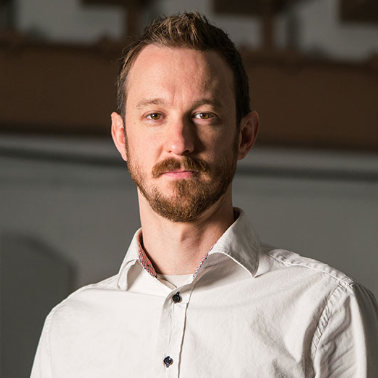Energy for Tomorrow—MIT’s Plasma Science and Fusion Center
At the heart of every star is a fusion reaction. This process combines small molecules like hydrogen to form larger, heavier ones like helium—and in doing so, releases an immense amount of energy in the form of heat and light. The MIT Plasma Science and Fusion Center (PSFC) is working to harness fusion on Earth, with the goal of designing power plants that can emit zero carbon, operate safely, and are extremely power dense.
Achieving fusion is difficult because it only occurs when matter is in the form of plasma—a superheated, ionized gas. Without the gravitational strength of a star, MIT scientists rely on magnetic fields and other techniques to produce the reaction. During this MIT Alumni Forum, you’ll gain new insights into the science of fusion and the search for fusion power—and discover how MIT’s Plasma Science and Fusion Center is leading the charge toward a new era of energy.
FEATURED SPEAKERS
-

Nuno F. G. Loureiro
Herman Feshbach (1942) Professor of Physics and Professor of Nuclear Science and Engineering; Director, MIT Plasma Science and Fusion Center; and Professor of Nuclear Science and Engineering
-

Zach Hartwig PhD '14
Associate Professor of Nuclear Science and Engineering
-

Sara Ferry '11, SM '16, PhD '18 (Moderator)
Group Leader, Fusion Materials and Components, MIT Plasma Science and Fusion Center
RELATED CONTENT AND PROGRAMMING
- Dive into the groundbreaking research at MIT’s Plasma Science and Fusion Center.
- Discover how high-temperature superconducting magnets are paving the way for fusion in this MIT News article.
- Explore the potential of molten salts in future nuclear reactors — and the challenges of corrosion — in another MIT News feature.
- Read the MIT Energy Initiative report, “The role of fusion energy in a decarbonized electricity system.”
- Review the PSFC’s comprehensive plan for making commercial fusion a reality.
- Discover key insights about the PSFC through specific numbers and major research division topics.
